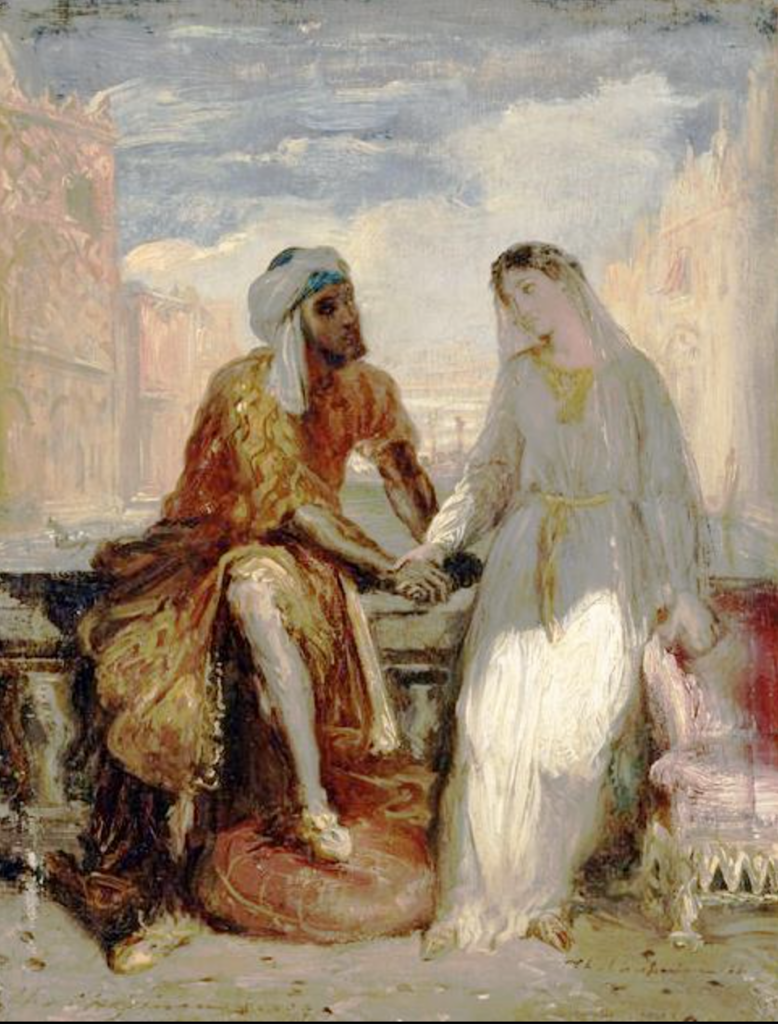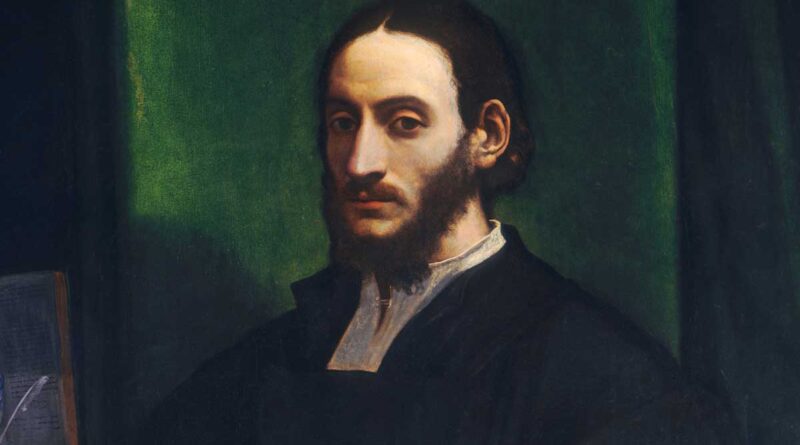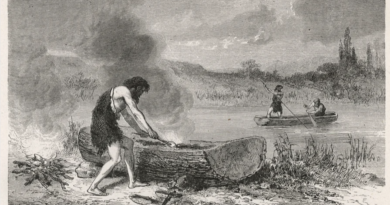Leo Africanus, the Fez born scholar who Inspired Shakespeare
The Maghreb has produced many remarkable figures, but few have captured the imagination of both the Islamic and European worlds like Leo Africanus. Born as Al Hassan Ibn Muhammad Al Wazzan in Granada around 1494, Leo Africanus was a diplomat, geographer, and scholar whose life and works bridged cultures during the Renaissance. His most famous book, Cosmographia et geographia de Affrica (Cosmography and Geography of Africa), remains a cornerstone of early modern geography. From the bustling markets of Timbuktu to the intellectual circles of Renaissance Italy, Leo Africanus’s story is one of resilience, curiosity, and cross-cultural exchange.
From Granada to Fez: A Journey of Survival and Scholarship
Leo Africanus’s early life was shaped by the fall of Muslim Granada to Catholic Spain in 1492. Fleeing religious persecution, his family relocated to Fez, Morocco, where he received an elite education at the renowned University of al-Qarawiyyin, the oldest university in the world. Fluent in Arabic, Berber (Tamazight), and later Italian and Latin, Leo became a skilled diplomat for the Wattasid Sultanate. His travels across North and West Africa, including two visits to the legendary city of Timbuktu, provided the foundation for his groundbreaking work.
Captivity and Conversion to Christianity from Islam
In 1518, while returning from a diplomatic mission, Leo Africanus was captured by Sicilian pirates and presented to Pope Leo X. Recognizing his intellect, the Pope freed him and encouraged him to write about his travels. During his time in Rome, Leo converted to Christianity and took the name Johannes Leo de Medici, though the sincerity of his conversion remains debated. His time in Italy allowed him to engage with Renaissance scholars, further enriching his worldview.

Some believe that Leo Africanus inspired Shakespeare’s Othello, shown here with Desdemona in an 1849 painting by Théodore Chassériau.
Cosmographia et geographia de Affrica: A Landmark Work
Published in 1550, Leo Africanus’s Description of Africa was the first detailed account of the Maghreb and sub-Saharan Africa for European audiences. The book covered geography, politics, and culture, offering insights into cities like Timbuktu, Fez, and Cairo. However, the text was heavily edited by Giovanni Battista Ramusio, a Venetian editor who admitted to modifying Leo’s work to suit European tastes. Despite these alterations, the book shaped European perceptions of Africa for centuries.
A Life of Intellectual Curiosity
Leo Africanus’s legacy extends beyond his famous book. During his time in Italy, he wrote a trilingual dictionary in Arabic, Hebrew, and Italian, commissioned by a Jewish doctor. His mastery of languages and cultures made him a bridge between worlds. Interestingly, some scholars suggest that William Shakespeare may have drawn on Leo’s work when writing Othello.
Celebrating Leo Africanus Today
Leo Africanus’s life and work continue to inspire scholars, writers, and artists. His ability to navigate multiple cultures and languages makes him a timeless figure in the study of cross-cultural exchange. As we reflect on his legacy, we are reminded of the Maghreb’s rich history of intellectual and cultural contributions.
For more stories like this, subscribe to our newsletter and follow us on social media.



